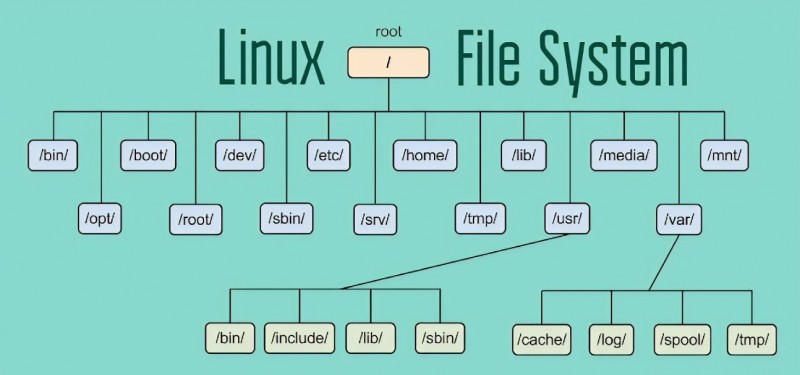
Linux is a popular operating system known for its flexibility, security, and open-source nature. One of the fundamental aspects that sets Linux apart is its file system. Understanding the Linux file system is crucial for any user or administrator to navigate and manage the vast amount of data and programs in the system efficiently.
Understanding Hierarchical Structure
At the core of the Linux file system is the hierarchical structure. Similar to a family tree, the hierarchical file system organizes files and directories in a tree-like structure. Each directory can contain subdirectories, creating a parent-child relationship that extends from the root directory.
Key Directories in Linux
Linux has several essential directories that serve specific purposes. Some of the most common directories include:
File Permissions in Linux
File permissions are a critical aspect of Linux file system security. Each file and directory in Linux has three types of permissions: read, write, and execute. These permissions can be assigned to three categories: the user who owns the file, the group associated with the file, and others.
Changing File Permissions
Altering file permissions is a common task for Linux users. The chmod command is used to modify permissions, and there are two methods of representation: numeric (octal) and symbolic. The symbolic method allows users to set permissions based on user, group, and others.
Navigating the File System
Navigating the Linux file system is vital for performing various tasks. The 'cd' command (change directory) allows users to move between directories. Users can use either relative paths (from the current directory) or absolute paths (from the root directory).
File Manipulation Commands
Linux provides several commands for managing files. Users can create new files, copy, move, rename, and delete them using commands like 'touch,' 'cp,' 'mv,' 'rm,' respectively. These commands are powerful and versatile, so caution is necessary while using them.
Special Files in Linux
Apart from regular files and directories, Linux also recognizes special files. These include character and block devices, used for interacting with hardware, pipes for inter-process communication, and symbolic links, which are pointers to other files.
Disk Usage and File System Commands
Linux offers various commands to check disk usage and manage file systems. The 'df' command displays disk space usage, 'du' shows file and directory space usage, while 'mount' and 'umount' are used to mount and unmount file systems.
Tips for File System Management
Maintaining an organized file system is essential for optimal system performance. Creating a well-structured directory layout and regularly backing up important data are crucial steps in file system management. Additionally, taking periodic snapshots of the file system can aid in disaster recovery.
Understanding the Linux file system is fundamental for anyone working with the Linux operating system. The hierarchical structure, along with file permissions and manipulation commands, empowers users to efficiently manage data and execute tasks. By mastering the file system, users can harness the true potential of Linux's flexibility and security.
Subway India outlets drop tomatoes from menu citing THESE reasons
Rupee Steady Amid Global Uncertainties: Traders Remain Cautiously Optimistic in Forex Market